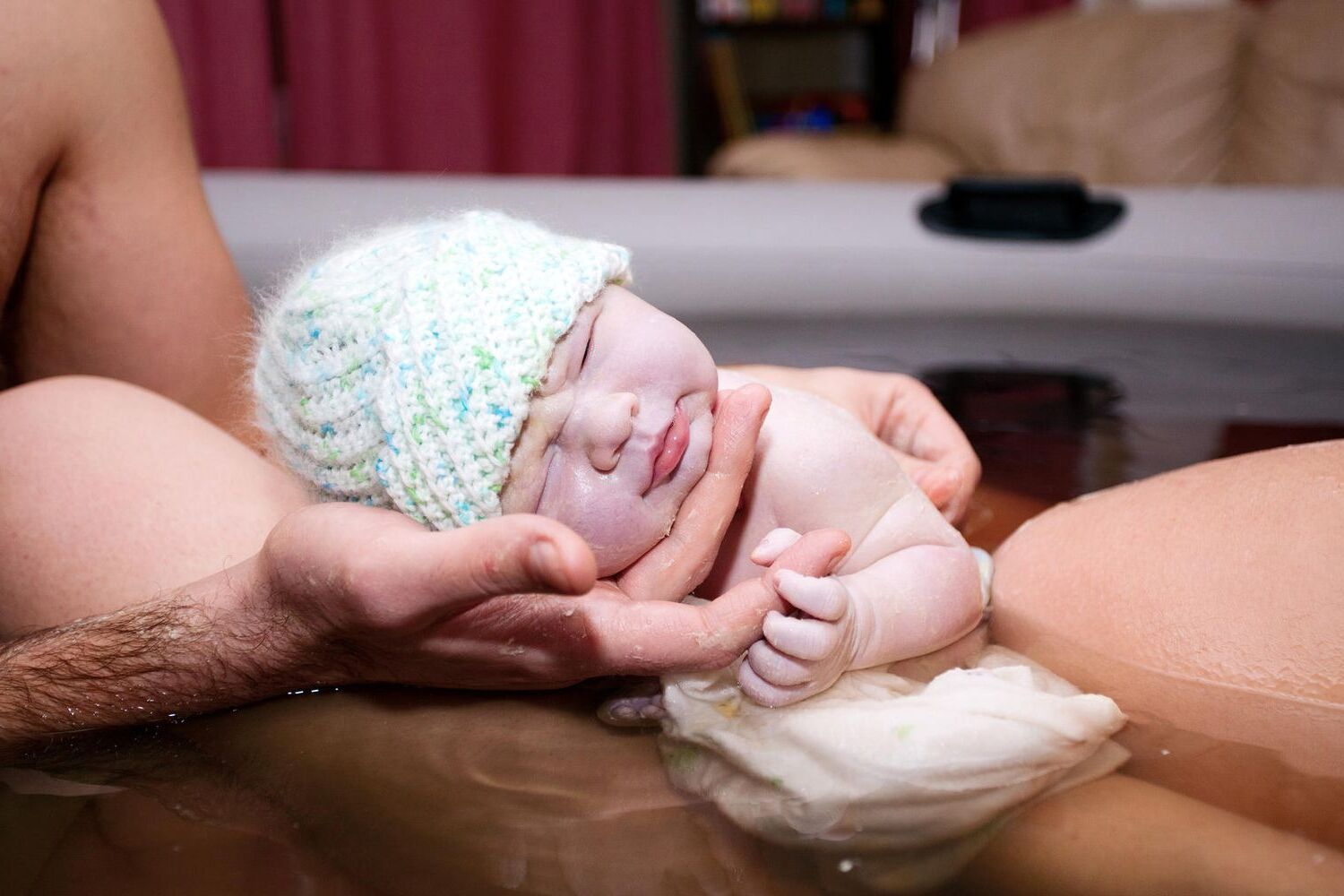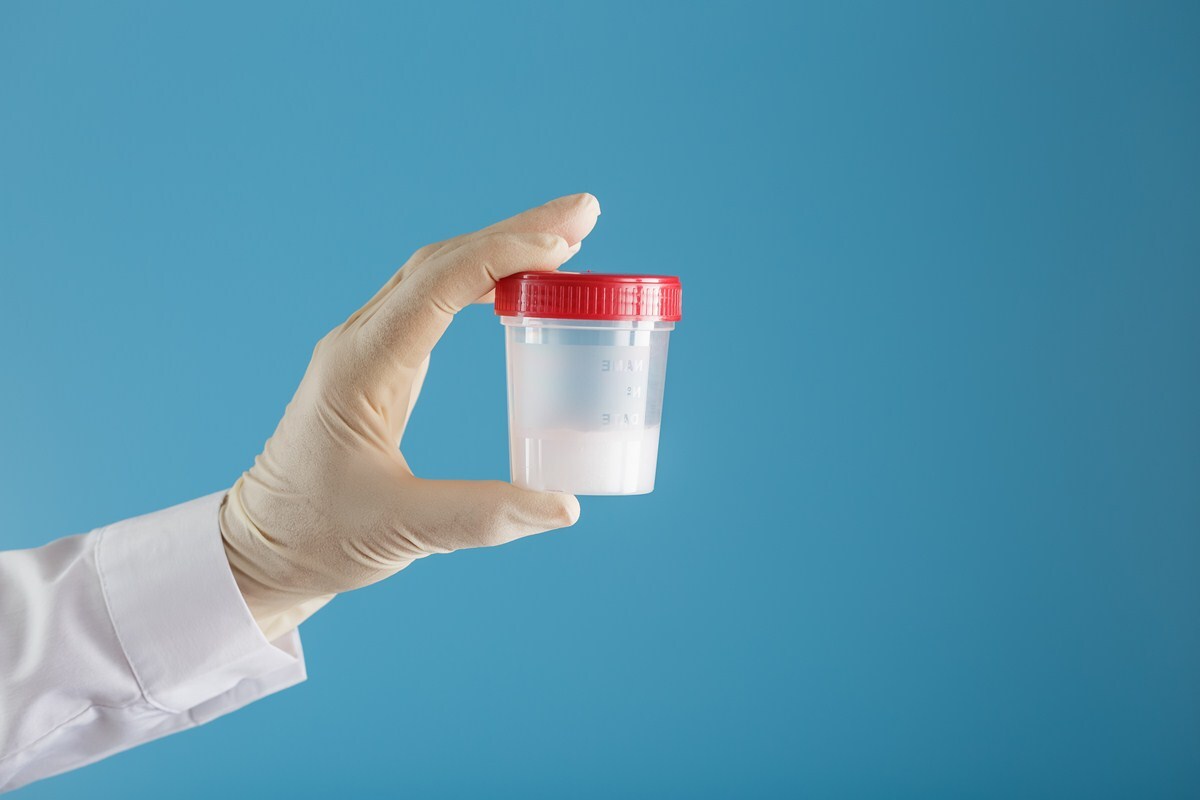
Water birth is a method where a baby is delivered in a tub of warm water. Is water birth safe? Yes, water birth can be safe for both mother and baby when done under proper medical supervision. Many mothers choose this method for its potential benefits, such as reduced labor pain and a more relaxed birthing environment. However, it’s crucial to understand both the advantages and risks involved. This article will cover 15 facts about water birth to help you make an informed decision. Whether you're considering this option or just curious, these facts will provide valuable insights.
What is Water Birth?
Water birth involves giving birth in a tub of warm water. Some women choose to labor in the water and get out for delivery, while others stay in the water for the birth itself. This method is believed to offer a more relaxed and less painful experience.
-
Water birth can reduce pain. Warm water can help ease labor pain by relaxing muscles and increasing blood flow. Many women report feeling less pain and more control during contractions.
-
It promotes relaxation. The buoyancy of water supports the body, making it easier to move and find comfortable positions. This can help reduce stress and anxiety during labor.
Benefits of Water Birth
Choosing a water birth can offer several advantages for both the mother and baby. Here are some key benefits that make this method appealing.
-
Lower risk of tearing. The warm water can soften the perineum, reducing the likelihood of severe tears during delivery. This can lead to a quicker recovery postpartum.
-
Shorter labor duration. Some studies suggest that laboring in water can shorten the first stage of labor. The relaxation and comfort provided by the water may help speed up the process.
-
Less need for interventions. Women who opt for water births often require fewer medical interventions, such as epidurals or episiotomies. The natural pain relief and comfort can make these procedures less necessary.
Safety of Water Birth
Safety is a major concern for expectant mothers considering a water birth. Understanding the safety aspects can help make an informed decision.
-
Generally safe for low-risk pregnancies. Water births are considered safe for women with uncomplicated, low-risk pregnancies. However, it’s essential to consult with a healthcare provider to ensure it’s a suitable option.
-
Risk of infection is low. Properly maintained birthing pools and strict hygiene practices minimize the risk of infection. The water is usually kept clean and at a safe temperature to protect both mother and baby.
-
Continuous monitoring is possible. Healthcare providers can still monitor the baby’s heart rate and the mother’s vital signs during a water birth. This ensures that any potential issues are detected early.
Considerations for Water Birth
While water birth offers many benefits, there are also important considerations to keep in mind. These factors can influence whether this method is the right choice.
-
Not suitable for all pregnancies. Women with certain medical conditions, such as preeclampsia or herpes, may not be candidates for water birth. It’s crucial to discuss individual health factors with a healthcare provider.
-
Requires experienced professionals. A successful water birth depends on the presence of trained midwives or doctors. They should be experienced in managing water births and handling any complications that may arise.
-
Limited availability. Not all hospitals and birthing centers offer water birth facilities. It may be necessary to seek out specialized centers or consider a home birth with the appropriate setup.
Preparing for a Water Birth
Preparation is key to a successful water birth. Knowing what to expect and how to get ready can make the experience smoother and more enjoyable.
-
Attend prenatal classes. Many birthing centers offer classes specifically for water birth. These classes can provide valuable information and help build confidence.
-
Have a birth plan. A detailed birth plan outlining preferences for labor and delivery can be helpful. This should include contingency plans in case a water birth is not possible.
-
Ensure proper equipment. If planning a home water birth, it’s essential to have the right equipment, such as a birthing pool, thermometer, and sterile supplies. Renting or purchasing a birthing pool in advance is recommended.
-
Stay hydrated. Laboring in water can be dehydrating. Drinking plenty of fluids and having snacks on hand can help maintain energy levels throughout the process.
Final Thoughts on Water Birth
Water birth offers a unique and gentle birthing experience. Many mothers find the warm water soothing, helping to ease labor pains and promote relaxation. This method can also provide a more peaceful environment for the baby’s arrival. However, it’s essential to weigh the benefits against potential risks. Always consult with a healthcare provider to ensure it’s a safe option for you and your baby. Preparation is key, so consider taking a water birth class and discussing your birth plan with your midwife or doctor. Remember, every birth is unique, and what works for one person might not work for another. Stay informed, trust your instincts, and choose the birthing method that feels right for you. Water birth can be a beautiful experience, but it’s crucial to prioritize safety and comfort above all else.
Was this page helpful?
Our commitment to delivering trustworthy and engaging content is at the heart of what we do. Each fact on our site is contributed by real users like you, bringing a wealth of diverse insights and information. To ensure the highest standards of accuracy and reliability, our dedicated editors meticulously review each submission. This process guarantees that the facts we share are not only fascinating but also credible. Trust in our commitment to quality and authenticity as you explore and learn with us.


